Today, September 1st, is Gecko Day! These cute little lizards definitely deserve their own day. They actually have quite a lot to offer as pets! A Wichita, KS vet discusses caring for Gold Dust Day geckos in this article.
Basics
Gold dust day geckos are native to Madagascar, but now are also found in many Pacific Island countries, such as Hawaii. They usually live about 4 to 8 years. They don’t get too large: most stay under 9 inches.
Appearance
Gold Dust Day Geckos are very beautiful lizards. They are a rich green color, with gold ‘specks’ and blue eyelids. Some also have blue toes. (Actually, you probably already know what they look like: Geico’s famous spokeslizard is a Gold Dust Day gecko.)
Temperament
These guys are quite easy to care for, but they don’t particularly like being handled or held much. If you want a friendly lizard, you may want to opt for a bearded dragon instead.
Food
In the wild, day geckos eat mostly insects, but they also consume pollen, nectar, and some fruit. Your pet’s diet should reflect this. For insects, you can offer crickets, roaches, silkworms, and mealworms. You’ll need to feed them and dust them with nutritional powder before feeding time. For treats, you can offer small amounts of bee pollen, honey, or mashed fruit.
Enclosure
You can use either a glass or screened habitat, but you’ll have a much harder time keeping humidity levels right in a screened one. Gold Dust Day geckos don’t need UVB lighting, but you will need to maintain proper temperatures and humidity levels. The cage should have a temperature gradient, with a basking area that is warmer than the rest of the tank. These guys prefer to live in trees, such as palm trees, so provide some climbing trees or branches. Ask your vet for specific advice on getting your reptilian pal’s habitat set up.
Substrate
For substrate, you’ll want to pick something that holds moisture well. Some good options are orchid bark, cypress mulch, peat, sphagnum moss, or coconut husks or fibers. You can also mix and match. You can add some leaf litter on top. You’ll also want something beneath the substrate, such as gravel and a mesh sheet, which will help stop mold from growing.
Do you have questions about gecko care? Call us, your local Wichita, KS animal clinic, today!
